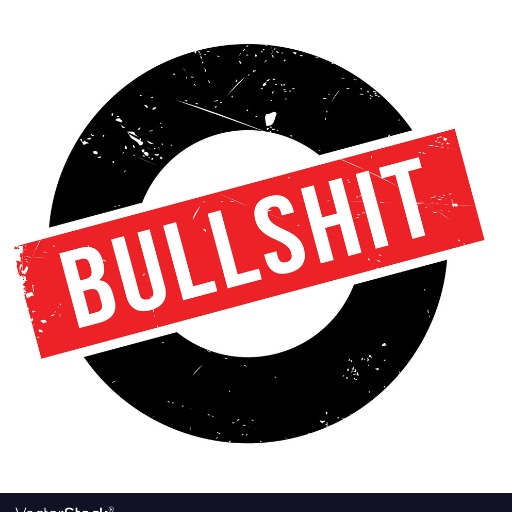TAM/SAM/SOM Calculator for your Startup-Market Size Estimator Tool
AI-powered market size estimation for startups.
Can you help calculate my TAM/SAM/SOM for my startup idea?
Related Tools
Load More
TAM/SAM/SOM Calculator
I calculate TAM, SAM, and SOM for businesses.

Startup checker
Critically analyzing startup ideas, unafraid to call them stupid.

VCGPT
AI VC decisively evaluating startups, saying 'Yes' or 'No' with clear feedback. Experimental alpha. You only need to submit a deck (nothing else). My creator does NOT get access to any of the data you submit, but please be thoughtful before submitting sen

Business Calculus GPT
Solves business calculus problems, invites users to upload queries for tailored assistance.

Merger and Acquisition Consultant
Master the merger and acquisition process with AI-driven expertise and strategic insights. Navigate the complexities of mergers and acquisitions. 🤖📈

Excel Finance Guru
Excel wizard for finance pros
20.0 / 5 (200 votes)
Introduction to TAM/SAM/SOM Calculator for Your Startup
The TAM/SAM/SOM Calculator for your Startup is designed to help entrepreneurs and startup founders accurately calculate and understand their market potential. The primary functions of this tool are to estimate the Total Addressable Market (TAM), Serviceable Available Market (SAM), and Serviceable Obtainable Market (SOM). By doing so, it aids in identifying the size and scope of a startup's target market, which is crucial for business planning, attracting investors, and strategic growth. For example, if a startup aims to launch a new fitness app, the calculator will help determine the total market size for fitness apps (TAM), the segment of the market the startup can realistically serve (SAM), and the portion of the market it can capture considering competition and other factors (SOM). This structured approach ensures that startups have a clear understanding of their market dynamics and potential for growth.

Main Functions of TAM/SAM/SOM Calculator
TAM Calculation
Example
Calculating the total market demand for a new fitness app globally.
Scenario
A fitness startup wants to understand the entire market potential for their new app. By multiplying the number of potential users worldwide by the average price of similar apps, they can estimate the TAM.
SAM Calculation
Example
Determining the market segment the fitness app can realistically serve in North America.
Scenario
The same fitness startup narrows down its focus to North America. They calculate the SAM by considering factors like target demographics, geographic reach, and app adoption rates in this region.
SOM Calculation
Example
Estimating the achievable market share for the fitness app within the next year.
Scenario
The fitness startup further refines its market estimate to determine how much of the North American market they can realistically capture in their first year, considering their marketing budget, competition, and user acquisition strategies.
Ideal Users of TAM/SAM/SOM Calculator
Startup Founders
Startup founders looking to validate their business ideas and secure funding benefit greatly from understanding their market potential. Accurate TAM, SAM, and SOM calculations help them present a convincing case to investors and stakeholders.
Product Managers
Product managers can use these calculations to make informed decisions about product development, market entry strategies, and resource allocation. Understanding the market potential helps in setting realistic goals and expectations.

How to Use the TAM/SAM/SOM Calculator for Your Startup
Visit aichatonline.org for a free trial without login, no need for ChatGPT Plus.
Navigate to the website and start your free trial to access the TAM/SAM/SOM calculator without any login requirements.
Define Your Startup's Market
Clearly outline your product or service, target customer demographics, and geographic reach.
Gather Market Data
Collect data on your industry, including market size, customer segments, and competitive landscape. Utilize industry reports and research studies.
Input Data into the Calculator
Enter the gathered market data into the calculator. Include details like the number of potential customers, pricing strategy, and geographic reach.
Analyze Results
Review the calculated TAM, SAM, and SOM to understand your market potential. Use these insights to refine your business strategy and plan for growth.
Try other advanced and practical GPTs
Mid Journey
AI-powered image creation

ORam_Open Rate Maximiser
AI-powered insights for better email subject lines

写作
AI-Powered Writing Excellence

Realtor
AI-Powered Solutions for Real Estate

JTBD Master Chat: Job Maps
AI-powered job mapping made simple.

Assists with Googl e Maps
AI-powered exploration and insights tool

Photorealistic GPT
AI-powered photorealistic image creation.

NBA Oracle
AI-powered insights for NBA enthusiasts.

全栈开发助手
AI-powered full-stack development assistant

GTP 4.0 中文版
AI-Powered Chinese Language Tool

Edward Gibbon
Unleash the power of history with AI.

Dark Psychology
AI-Powered Dark Psychology Insights

- Market Analysis
- Business Strategy
- Investor Pitch
- Startup Planning
- Revenue Forecast
FAQs about the TAM/SAM/SOM Calculator for Your Startup
What is the TAM/SAM/SOM calculator?
The TAM/SAM/SOM calculator helps startups estimate their market size by calculating the Total Addressable Market (TAM), Serviceable Available Market (SAM), and Serviceable Obtainable Market (SOM).
Why is calculating TAM/SAM/SOM important?
Accurately calculating these metrics helps startups understand their market potential, attract investors, and make informed strategic decisions.
How does the bottom-up approach work in calculating TAM?
The bottom-up approach involves multiplying the number of potential customers by the price of your product/service, ensuring more accurate and realistic market estimates.
Can I use the calculator for any industry?
Yes, the TAM/SAM/SOM calculator is versatile and can be used for any industry, provided you have the necessary market data and customer insights.
What common mistakes should I avoid when using the calculator?
Avoid using top-down estimates, overestimating market size, and failing to validate your assumptions and pricing strategies with real data.